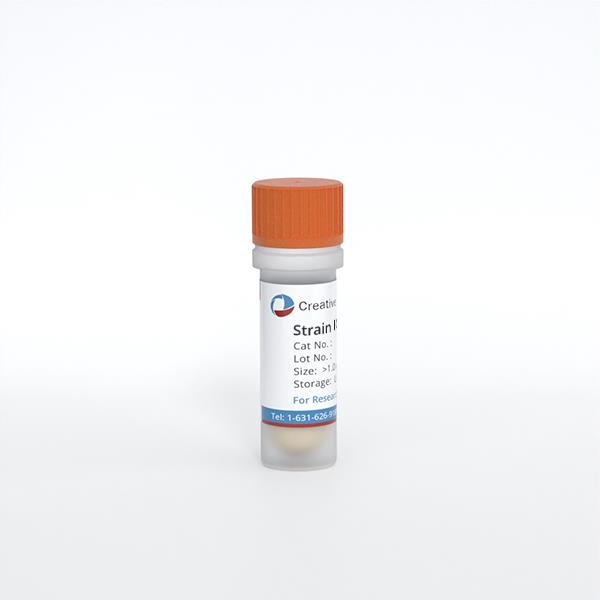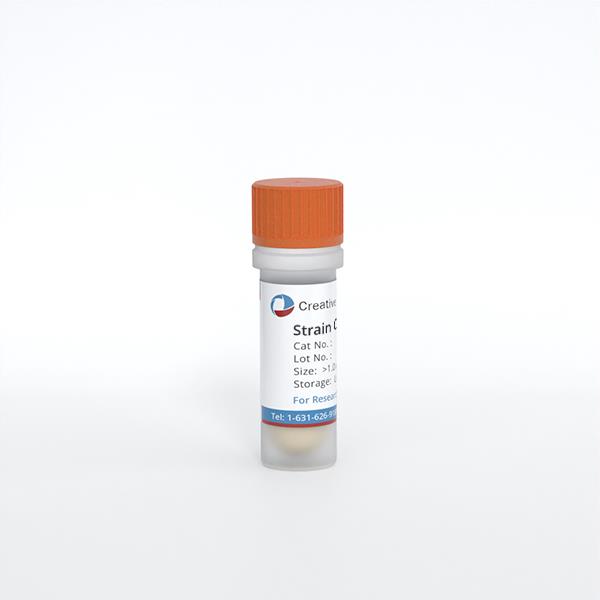Featured Products
Hot Products
ONLINE INQUIRY

Mouse Mast Cells
Cat.No.: CSC-C4753Z
Species: Mouse
Source: Bone Marrow
Cell Type: Mast Cell
- Specification
- Q & A
- Customer Review
Cat.No.
CSC-C4753Z
Description
Mast cells are granulocytes found in tissues and are key mediators of allergic inflammation. They are characterized by their expression of receptors for immunoglobulin E (IgE). When these receptors are engaged by IgE bound to antigen, the mast cell releases a number of substances including the notorious histamine. Mast cells are the cells that make allergic individuals miserable, or in the case of some food allergies, the release of histamine and other mediators contribute to a fatal allergic reaction. The Mouse Mast Cells from Creative Bioarray are bone marrow derived mast cells. Expression of CD117 and FCepsilonR1 increase upon culture in the presence of IL-3 and stem cell factor (SCF).
Species
Mouse
Source
Bone Marrow
Cell Type
Mast Cell
Disease
Normal
Quality Control
Mouse Mast Cells are negative for bacteria, yeast, fungi, and mycoplasma.
Storage and Shipping
Creative Bioarray ships frozen cells on dry ice. On receipt, immediately transfer frozen cells to liquid nitrogen (-180 °C) until ready for experimental use.
Never can cryopreserved cells be kept at -20 °C
Never can cryopreserved cells be kept at -20 °C
Citation Guidance
If you use this products in your scientific publication, it should be cited in the publication as: Creative Bioarray cat no. If your paper has been published, please click here to submit the PubMed ID of your paper to get a coupon.
Ask a Question
Write your own review
Related Products






